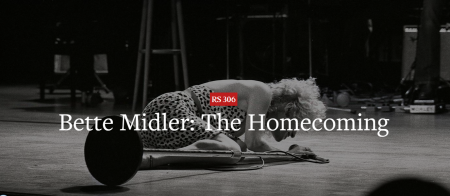Elyria Chronicle Telegram
December 16, 1979
CHICAGO – Janis Joplin. Marilyn Monroe. James Dean. Charlie Parker.
The director of “The Rose,” Mark Rydell, can name long lists of artists who were driven to create and to lead dangerous lives. All of them, like the title character in “The Rose,” died young.
“These were people with whom the Rose identified that followed the same course she eventually did,” he says to reporters at a Chicago screening of the film. “They were very deeply passionate and driven virtuosos who lived on the edge and who ran the risk of falling off.”
It was as a jazz musician in the 1950s that Rydell first saw the kind of driven character personified in “The Rose.”
“I SAW A lot of people die,” he says. “I saw a lot of compulsively driven artists. I saw a lot of people lead dissolute lives.”
“The Rose” is set in Janis Joplin’s time, the late 1960s. But Rydell says the film could have taken place at any time.
“I didn’t feel the period should predominate,” he says. “I think this kind of tragedy transcends time. I wanted this not to be so much a specific period piece, because if the emphasis is too strong on the period, it’s easy to separate yourself and look at it as a historical event.
“The concept that exists is we devour our artists,” he says. “They pay very heavy dues to be virtuosos. AND THESE people, Rydell says, are doomed from the start.
“I think the Rose is a suicide,” he says. “I meant for you to feel she was doomed.
“I think these people are and you can feel it… that they are too hungry, There is no amount of applause or success that would have changed things for Charlie Parker. He would have found some way to die.
“I also think these people deserve our respect in an odd way,” Rydell says.
“They burn so furiously with such a fierce light that I think they shed light onto areas that otherwise are in shadow. I think in an odd way that’s the role of these virtuosos – to illuminate theshadows.”








